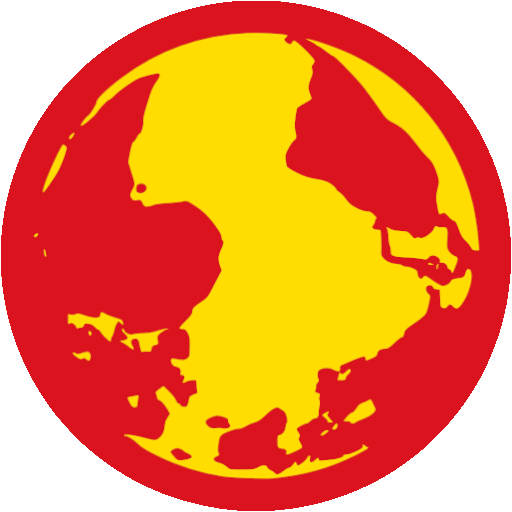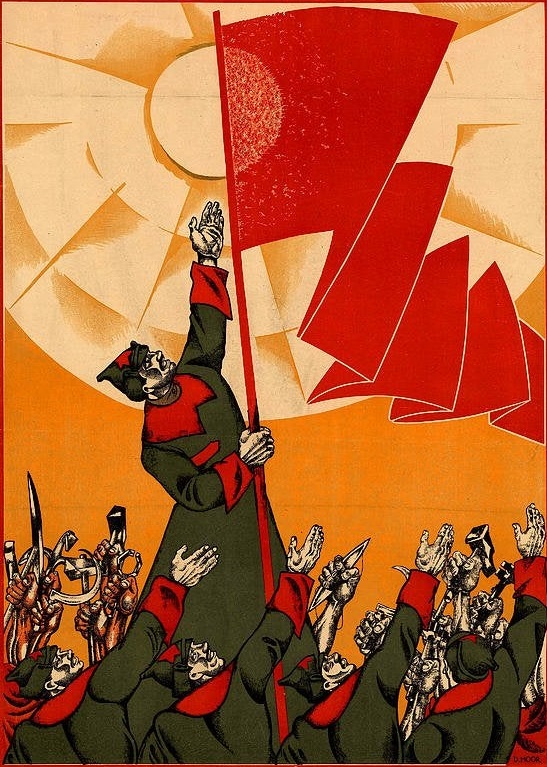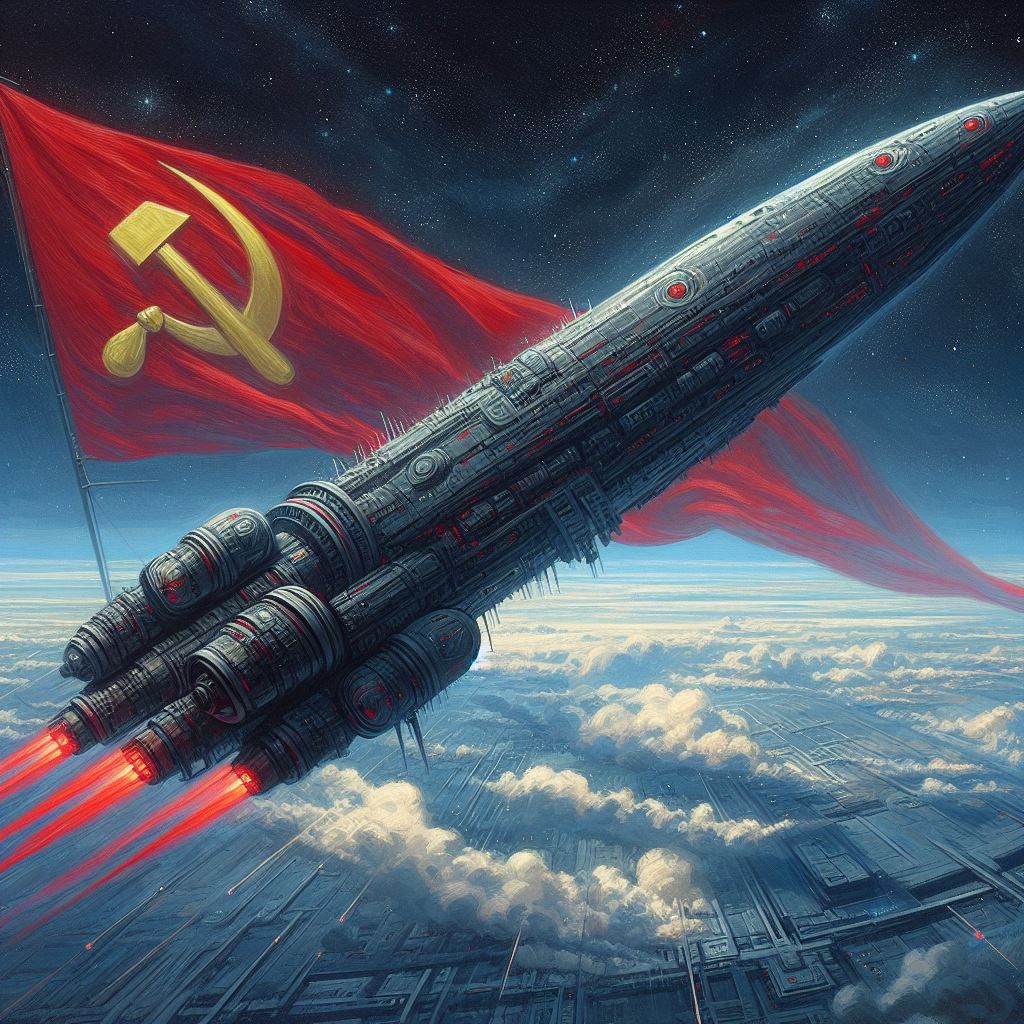@yogthos they wiped out tech industry, it’s fair to wipe out US farmers.
It’s capitalism baby!
This, also US agricultural exports play a major role in US imperialism. Michael Hudson’s talks on the subject are extremely enlightening- this one, on the broader “super imperialism” (recently bought his book on the subject, yet to delve in) and this one on the subject of the World Bank and US agricultural imperialism in particular.
The TL,DR is that the US heavily discourages agricultural self-sufficiency across the global south, and through this weaponizes/orchestrates famines across the world as one weapon of its empire.
Interesting, does that mean USA has a powerful enough farming industry / agriculture to support other countries?
That’s part of it, for sure (it comes with genociding off the majority of the indigenous population and developing as a settler-state instead of natural demographic growth). The US’ land could easily sustain a population the size of China’s or India’s.
Alongside that, the mechanisms of this agricultural imperialism are such that it’s not some “complete support of other countries’ agriculture”- rather, it’s implementing the same kinds of agricultural dependencies that were and remain endemic to, say, the Caribbean, where local agriculture would be focused on cash crop plantations which could not sustain domestic needs.
There’s also a space for other countries’ agriculture (of staple crops, etc) within this model- but it is under western ownership. The process generally goes as such- agricultural subsidies and state-led or locally owned agriculture is disincentivized or worse, and meanwhile the markets are forced open- thus, heavily subsidized western agriculture flows in and destroys local farmers. Then afterwards the US swoops in for the fire sale…
Thanks
I found YouTube links in your comment. Here are links to the same videos on alternative frontends that protect your privacy:
Link 1:
Link 2:
Are there even many individual farmers in USA? From what i read it’s more of a agricorpos running everything.
Yes there has been a consolidation over the decades into few large, corporate operations. You can still buy fresh produce and other farm goods locally from the same people who grew them in “farmer’s markets” in towns and cities, but these are only in limited times of year and locations. For most Americans the food they buy and eat will have come to their supermarket from some massive factory-like supply chain, average distance of over 1,000 miles away, or something like that (I’ve not read up on this topic in many years).
The documentary Food, Inc. narrates a surprising and dark picture of the state of farming in the U.S., and it was filmed 17 years ago! So food production has progressed further into profits-at-all-cost corporate hands since then. Similar things happened with smaller, often local, goods stores disappearing during 1980s-1990s due to emergence of large shopping malls and multi-department corporate chains like Walmart and Target (you may see this referred to as the Main Street “ghost town”).
Amazing how it was predicted by Lenin at the end of XIX century. He said that USA have farthest going bourgeois agriculture system that he would want to see enacted in Russia for the explicit purpose of getting rid of every dreg of feudalism, but as the time goes, it will be consolidated under less and less great bourgeoise landowners.
They better start planting oil palms trees
I am just wondering how the rest of the world was doing price discovery until now. If all transactions went through American exchanges then I guess if you are wealthy enough you can hire some American analytics firm to help you. But I am sure most of the world did not have that luxury.
That’s a good point, I imagine SWIFT gave the US a huge advantage in trade while other countries likely had to use heuristics.
Probably something like the smaller producers sold locally, governing their prices in part by what bigger producers set. Meanwhile, large producers could likely pay for the price discovery, individually or in a group, or they had many contacts which allowed them to have an idea of what would be fair. But it was likely the US was stealing quite a lot as middlemen, which can now be at least atenuated somewhat by having many people trading directly and perhaps even more “state help” to figure out good prices long term.
I would be interested in understanding this better as well, and nice to see that the new system is already being used. Whoever is not using the new system yet will likely do the math to see how good it will be for them.
Edit to add another point: Large producers would likely buy smaller local producers’ production as well in case the export price was good, so the smaller producers would increase their prices when they knew the bigger producers were buying a lot.
Wait, so if that were the case, that price discovery was limited to elite, isn’t that essentially the same thing as price fixing collusion?
Eli5 price discovery? Not at a place where I can watch videos
Basically, since transactions were done using SWIFT, the US companies had a lot of visibility into who was selling what and for how much. This allowed farmers to have a good idea of what crops were in demand and how much to plant for the season. Now that transactions are being increasingly done outside SWIFT, they’re opaque to the west making it much harder to predict what demand is like.
Forcing yourself to do classical liberalism to own the commies.
🤣
the process of determining the price of a commodity in the marketplace through the interactions of buyers and sellers. in this case farmers are trying to forecast what the price will be after the growing season
We recently had Australian mainstream media talking about a slum in Australian iron ore sales to China and calling it sign of China’s property crash.
I wonder now if iron ore is trading within BRICS in a similar way and Australia is getting the cold shoulder for being the US puppet it is.
Very possible, this also means that a lot of the narrative in the west regarding slump of demand in China might not be an indication of Chinese economy slowing down, but rather the fact that China is not sourcing stuff from the west anymore.
It’s likely, specially as from what I hear China was able to sell steel in Brazil cheaper than the local production too, so something likely changed/improved in China recently. It could be, at least in part, due to less internal demand, but cutting off the middlemen might have helped too.
like the ocean background, he chose a good location for his video
I found a YouTube link in your post. Here are links to the same video on alternative frontends that protect your privacy:










